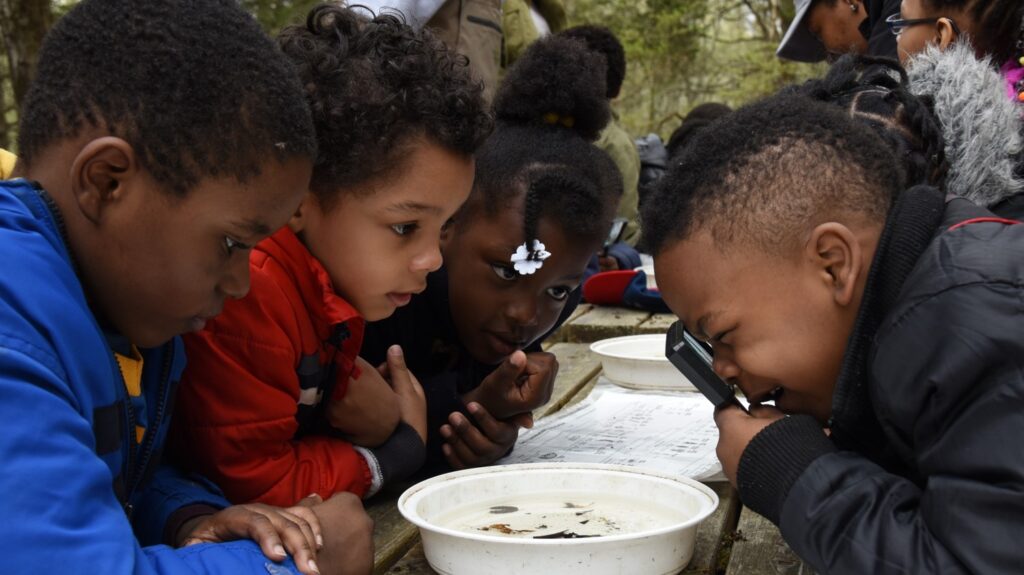- Contributed by Ed Engelman, Delaware-Chenango-Madison-Otsego Board of Cooperative Educational Services (DCMO BOCES)
Background: #
This presentation features lessons learned from a project in which high school students collected, identified, photographed, and produced macroinvertebrate identification cards for use by citizen stream monitors.
The Career and Technical Education programs at DCMO BOCES’s Harrold Campus in Sidney Center, New York, embarked on a project to collect, identify, photograph, and produce digital macroinvertebrate identification cards which include key identifying features. High school students in the Visual Communications program photographed and produced the identification cards.
Process: #
- Special photographic and preservation techniques such as “bathing” the live macroinvertebrates, using mini/micro aquarium, lighting considerations (low budget as well as professional equipment), managing glare, depth of field considerations, tripod use, and patience!
- The use of different types of photography equipment such as digital SLR cameras, point and shoot cameras, cell phone microscopes adaptors (that you can build for under $8.00) and more.
Resources: #
How to turn your cellphone into a dissecting microscope camera pdf






